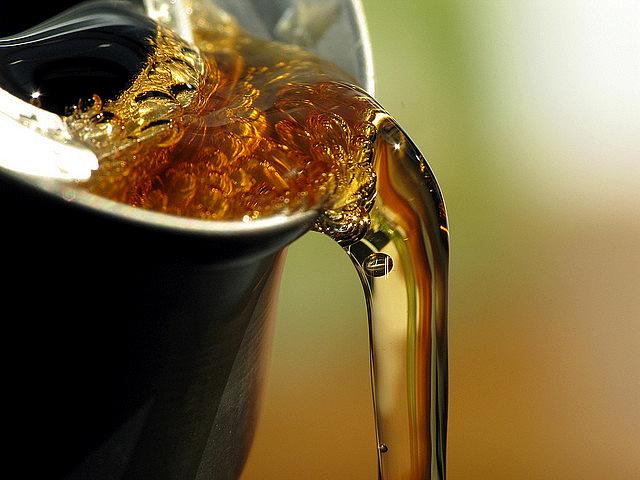Big Gulps for Little Leagues: We can’t jog our way out of our high-calorie diets

I’ve written before in my Big Gulps for Little Leagues series how companies like Coca-Cola were sponsoring youth sports while selling them drinks – including high-calorie juice and energy drinks – that were unhealthy.
The marketing of juice and energy drinks has been so successful that parents see them as healthy options for kids. A recent study in the journal Public Health Nutrition, by Christina Munsell at the Rudd Center for Food Policy and Obesity at Yale University and colleagues, wrote that:
Nearly all parents provide sugary drinks for their children and many believe that some sugary drinks are healthy options for children, particularly flavoured waters, fruit drinks and sports drinks. Furthermore, many parents rely upon on-package claims in their purchase decisions.
The idea that sugar-sweetened beverage companies want to sell is that you should be able to consume whatever you want as long as you run around a lot afterward. Here’s food industry consultant Lisa Katic selling that same idea in her recent op-ed in the Bay Area News Group:
What I emphasize most to my clients is the importance of balancing what you eat and drink with what you do. You can have a treat here or there, as long as you balance it out with some form of exercise – be it an evening walk, jog, or yoga class.
Maybe sugar-sweetened beverage labels should put the caloric content in terms of the exercise required to burn it off.
There are many online calorie-burn calculators. The Mayo Clinic also offers some estimates of how many calories would be burned with one hour of various activities by people at various weight levels. The amount of calories in a Big Gulp (28 ounces) of Coca-Cola is 364. Depending on your weight, that’s equivalent to an hour of low-impact aerobics, biking 10 miles, or an hour of power yoga.
Can you imagine the warning label?
“If you drink this, you should plan on one hour of power yoga or you’re likely to increase your chances of becoming obese or diabetic.”
If the idea of suiting up for power yoga, let alone participating in it with a room full of chakra-aligned, kale-munchers, doesn’t scare you into putting down that Big Gulp, I don’t know what will.
Sugar is sugar, as Katic writes. But calories that convey no nutritional value are rightly the subject of serious public health concern.
There’s a reason why not a single county in the United States saw obesity rates decline between 2001 and 2011, according to a study by the Institute for Health Metrics and Evaluation (where I work as the director of communications.) At the same time, many counties saw improvements in physical activity.
Being more active has its own benefits — it contributes to heart health, lowers the risk of cancer and diabetes, and generally improves your well-being. But at the current recommended levels of daily exercise, physical activity is not adequate to combat the stunningly high calorie counts found in so many packaged foods and restaurant menu options.
Next: How healthy lifestyle advocates are fighting the food industry’s diversion tactics.
Photo by frankieleon via Flickr.

